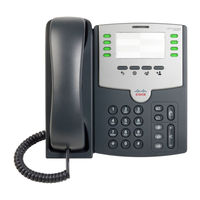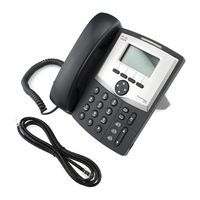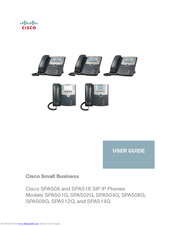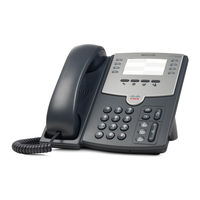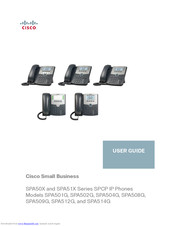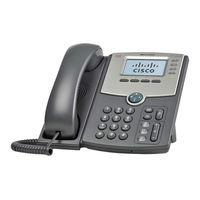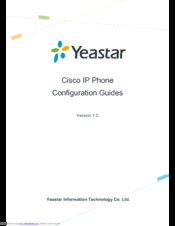Cisco Small Business SPA514G Manuals
Manuals and User Guides for Cisco Small Business SPA514G. We have 9 Cisco Small Business SPA514G manuals available for free PDF download: Administration Manual, User Manual, Configuration Manual, Quick User Manual
Advertisement
Cisco Small Business SPA514G Administration Manual (325 pages)
Cisco Small Business
Table of Contents
Advertisement
Cisco Small Business SPA514G User Manual (65 pages)
SPA50X/SPA51X Series SPCP IP Phones
